No products in the cart.
From Vineyards to Wine Tubes: The Evolution of Wine Packaging
Wine, as a beverage with a long history, carries culture, tradition, and exquisite craftsmanship. Its packaging holds a crucial position in the wine tradition, not only protecting the quality of the wine, but also conveying the winery’s taste and history through unique design, providing a comprehensive and profound experience for tasters. This article will explore the evolution of wine packaging from vineyards to wine pipes.
Wine is a beverage with a long history and profound culture, dating back to around 6000 BC. One of the earliest wine producing regions is Georgia. Subsequently, civilizations such as Egypt, Greece, and Rome also began to produce wine. In the Middle Ages, monks in monasteries played a crucial role in vineyard management and wine making, and their skills and knowledge have been passed down to this day. Wine has important religious and social significance in many cultures. In Christian rituals, wine has always been regarded as representing the blood of Christ. In many countries and regions, wine symbolizes celebration and reunion, which is an indispensable part of their celebrations and social occasions.
The Reverence for Traditional Glass Wine Bottles
The dominant position of glass wine bottles in the wine industry can be traced back several centuries, and their history can be divided into the following stages:
1. During the Ancient Roman Period
Ancient Rome was one of the early civilizations where glass wine bottles were used. In the 1st century BC, the Romans began using glass containers to store and transport wine. Glass wine bottles have unique advantages over other materials such as pottery jars or wooden barrels, which can better maintain the quality and taste of wine.
2. Middle Ages and Renaissance
In the Middle Ages, the production technology of glass wine bottles gradually improved. During the Renaissance, Italy’s glass manufacturing industry developed rapidly, promoting the production and widespread use of glass bottles. Glass bottles became more common during this period, becoming a common container for the nobility, church, and wealthy class to enjoy wine.
3. France’s Contribution
In the 17th century, French glassmakers began producing stronger and more elegant glass bottles, which made the use of glass bottles more popular in wine producing regions. The Bordeaux wine region in France has particularly driven the dominance of glass bottles in the wine industry, becoming a standard container for high-quality wines.
4. The Invention of Bottle Stoppers&Evolution of the 20th Century
At the end of the 17th century, Christopher Mels, an Englishman, invented the cork, which solved the problems of insufficient wax or oil seal, difficulty in opening, and appearance in the past, allowing glass bottles to better seal and preserve wine. At the beginning of the 20th century, the production process of glass bottles continued to improve, leading to a decrease in production costs and further promoting the widespread use of glass bottles. The color, shape, and label design of glass bottles have also become important elements to distinguish different wine brands and types.
6. Contemporary Development
The contemporary wine industry still primarily uses glass wine bottles as packaging containers. Glass bottles not only effectively protect wine from the effects of oxygen and light, but also facilitate long-term aging. The recyclability and environmental characteristics of glass bottles also meet the demand for sustainable packaging in contemporary society.
Overall, the long-term dominant position of glass wine bottles in the wine industry is attributed to their superior protective performance, good controllability, noble appearance, and sustainability. Its long history has witnessed the continuous evolution and innovation of wine packaging technology.
The Advantages and Limitations of Formal Grape Wine Bottles –
The Challenge of Wine Packaging
A formal grape wine bottle, usually referring to a 750ml standard glass bottle, has its unique advantages and some limitations in the wine industry.
Advantages
- Protective Performance: The thick glass material of the formal grape wine bottle provides superior protection for the wine, effectively blocking light and oxygen, greatly maintaining the freshness and high quality of the wine.
- Aging Ability: A formal glass bottle helps to promote the aging process of wine, with a lower oxygen permeability, allowing the wine to slowly ferment and mature for a longer period of time, making the aroma more mellow.
- Brand Image: Many brands customize glass bottle images or appearances that are unique to their own brand in order to enhance their visibility and reflect their own value, giving wine a noble and traditional image in appearance.
- Traditional and Ceremonial: Formal bottles are often seen as symbols of high quality and tradition, in line with the ceremonial and cultural traditions of wine enjoyment.
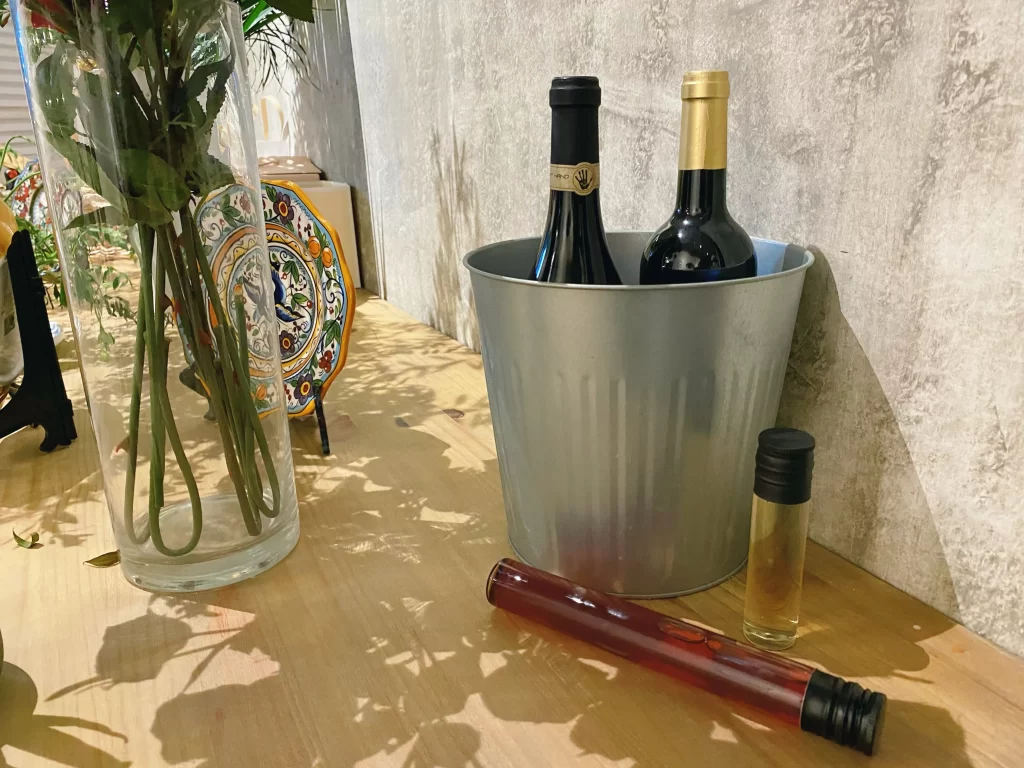
Limitations
- Weight and Cost: Formal wine bottles are relatively heavy, which can lead to increased transportation costs, especially in global trade, which may result in higher carbon emissions. The cost of customizing and manufacturing formal glass wine bottles is relatively high, which may put financial pressure on small manufacturers.
- Volume and Space: Glass bottles have a relatively large volume and require more storage space, which can also affect transportation efficiency.
- Not Suitable for Single Person Single Consumption: For single person single time wine tasting consumers, a standard 750ml formal bottle may appear too large, making it more difficult to store wine after opening, and more likely to lose its original flavor.
- Innovation Challenge: Traditional formal grape wine bottle design has certain limitations, and innovation may be limited by shape, size, and brand.
In a word, formal grape wine bottles have significant advantages in protecting wine quality and enhancing brand image, but they also face some limitations related to cost, transportation, and environment. In the constantly innovating wine market, producers may consider adopting different packaging forms to adapt to market trends and meet the needs of different consumers.
The New Look of Wine Tubing
Wine in tubes, as an innovative packaging method, has an unusual background and motivation behind it. This packaging method aims to break through traditional grape wine bottle packaging and provide a more flexible and lightweight solution.
1. Changes in Consumer Demand
Modern consumers pay more attention to portability and personalization, and may find traditional 750ml grape wine bottles inconvenient, especially in some special occasions or single person entertainment. The emergence of wine packaging is precisely to cater to this consumer trend and provide users with lighter and more portable wine packaging.
2. Innovation and Market Competition
The competition in the wine market is fierce, and producers hope to attract consumers and enhance brand image through innovative packaging methods. The unique appearance and design of wine packaging give the brand new market differentiation advantages.
3. Controllable Allocation Amount
Once a traditional wine bottle is opened, the wine will be exposed to the air, and prolonged contact with oxygen may affect the quality and taste of the wine. The common method of bottling 50ml and 100ml wine separately in small milliliters can better control the distribution of wine and reduce waste.
4. Maintenance of Wine Quality
Wine bottling typically uses anti oxidation and sealing techniques to ensure the most effective protection of the wine inside the bottling, extend the shelf life of the wine, and maintain the freshness and taste of the wine.
5. Reduce Environmental Impact
Compared to traditional glass bottles, the material used for wine packaging is lightweight and easy to recycle, which helps reduce the environmental impact during packaging and transportation, and is in line with sustainable and environmentally friendly consumption trends.
As an innovative packaging method, wine tube packaging aims to adapt to the changing needs of consumers, provide more portable, controllable, and environmentally friendly wine packaging options, and inject new market vitality into the wine industry.
Business Applications and Market Trends
The development trend of wine tube packaging in the market shows a gradual growth trend and is favored by consumers and producers.
1. Consumer Demand for Portability and Environmental Protection
The demand for portability, flexibility, and environmental protection among modern consumers is constantly increasing. The wine tubes made of lightweight materials are easy to recycle, and have lower transportation and production costs; The split 50ml and 100ml wine bottles provide users with a more lightweight and hassle free choice. The characteristics of wine pipes cater to the needs of consumers in outdoor activities, travel, and small gatherings, and perfectly match the preferences of contemporary consumers, in line with the sense of responsibility of wineries, producers, and others in sustainable development.
2. Gradually Gaining Recognition and Acceptance
Wine tube packaging is gradually being recognized and accepted. As consumers become more aware of the packaging methods for packaged wine, more wineries have joined the team of innovative packaging to meet the needs of different markets. The lifestyle of consumers has changed, and more and more people are choosing to be able to taste wine outdoors or alone. Wine pipes cater to market and consumer trends, providing solutions for users.
3. Innovative Design, Diversified Production Lines&Improved Technology and Quality Control
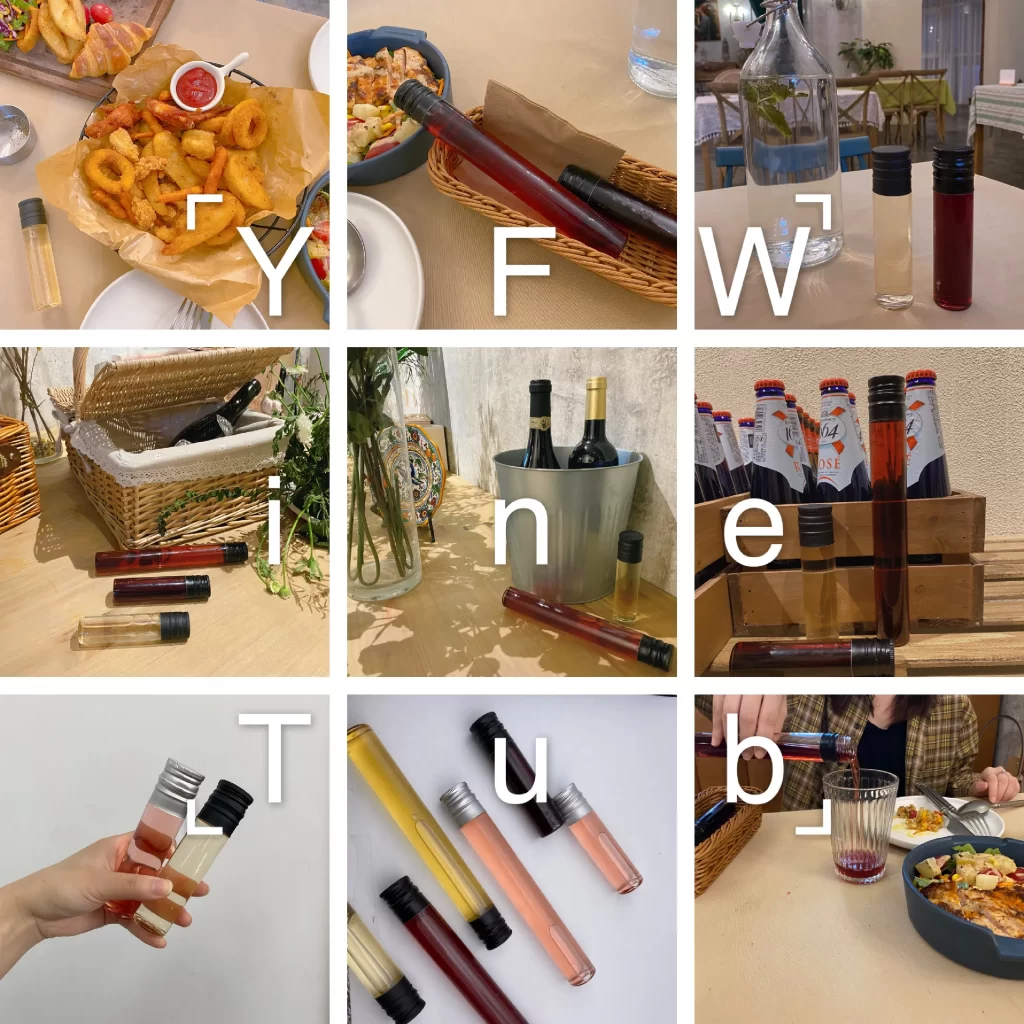
With the intensification of market competition, wineries are increasingly focusing on innovation in packaging design. Wine management provides brands with more design freedom, attracting consumers through various elements and increasing brand recognition. Many different types of wine tube products are constantly emerging, including different origins, grape varieties, quality, etc. Diversity meets the needs of consumers at different levels and expands the scale of the wine bottled market. Different technologies have achieved different quality of wine tubes, and technological progress has improved the quality control level of wine tubes. While anti oxidation and sealing technologies continue to improve, they can still retain the freshness and taste of wine, increasing consumer trust in this packaging method.
Expectations of Modern Consumers for Wine Packaging
Modern consumers have shown a series of new trends in their expectations for wine packaging, emphasizing convenience, environmental friendliness, brand image, and more.
1. Convenience
The fast pace of modern life makes consumers pay more attention to the convenience of products. Therefore, they tend to look for lightweight, portable, and easy to open wine packaging, especially suitable for single person or small gatherings. This is reflected in the demand for portable packaging such as bottled and canned wine.
2. Environmental Friendliness
The increase in environmental awareness has made modern consumers more inclined to choose sustainable and environmentally friendly packaging. Therefore, they have high expectations for wine packaging that uses recyclable materials, lightweight design, and low carbon footprint. Environmentally friendly packaging such as wine tube packaging, paper bottles, and recycled glass bottles are therefore popular.
3. Brand Image
Consumers are increasingly concerned about the brand’s image and values. Therefore, wine packaging needs to reflect the uniqueness, quality, and innovation of the brand. Consumers are more likely to be attracted to packaging with unique designs and attractive labels, which helps to enhance brand awareness and influence.
4. Personalized Innovative Unique Experiences and Social Sharing
Consumers crave a personalized feeling in the shopping experience and are increasingly interested in innovative and unique products; The widespread popularity of social media has also promoted consumers’ desire for social sharing. Therefore, some innovative and captivating packaging designs, such as customizable labels, uniquely shaped bottle bodies, and other elements that are easy to share on social platforms, can help improve the popularity of wine in social settings and provide users with a more personalized wine consumption experience.
The Challenges and Opportunities Faced by Wine Packaging
While addressing expectations and challenges, wine packaging also needs to innovate and continuously adapt to market demands, seize opportunities, and improve product competitiveness in the market.
Challenge
- Consumers have higher demands for environmentally friendly packaging, and traditional packaging faces the problem of difficult recycling;
- Consumers prefer a personalized user experience, but large-scale production of personalized packaging will face problems such as accumulated costs and reduced efficiency;
- Consumers are more concerned about the traceability of raw materials, and the information conveyed on the packaging is not complete and detailed enough to fully meet their needs for understanding the origin and variety of raw materials;
- Many consumers may have a conservative attitude towards new packaging methods, and they are more inclined to use traditional grape wine bottles;etc.
Opportunity
- For the environmental needs of consumers, sustainable materials, lightweight design, etc. can be used to develop more environmentally friendly packaging methods to meet their pursuit of sustainability;
- For material traceability, there is not only a way of textual presentation, but also the use of digital printing, QR codes attached to packaging, or AR technology to achieve a digital interactive experience, which can attract consumers to participate in brand stories and learn more detailed information;
- By utilizing continuous improvement and flexible production processes, small batch customization can also be achieved, and innovative packaging design methods with higher cost-effectiveness can be sought to reduce the manufacturing costs of personalized packaging, providing consumers with higher quality and more personalized packaging experiences and services;
- By promoting the brand and eliminating information gaps, we aim to showcase the advantages and achievements of new packaging to conservative consumers, encouraging them to accept and try different ways of wine packaging; etc.
Concluding Remarks
In summary, the evolution of wine packaging reflects the industry’s sensitivity to market demand and consumer expectations. From tradition to innovation, packaging plays a crucial role in shaping the image of wine and meeting consumer needs. Innovative wine packaging is not only a form of packaging, but also a response to consumer experience and sustainability, showcasing the wine industry’s active exploration of future development directions.

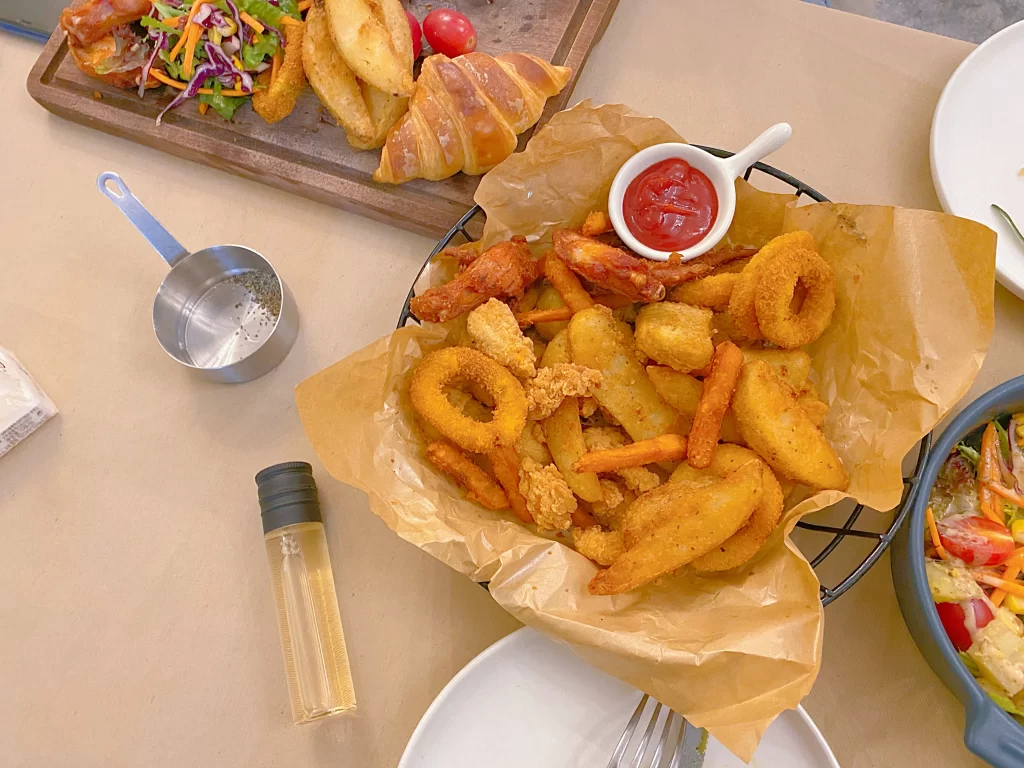
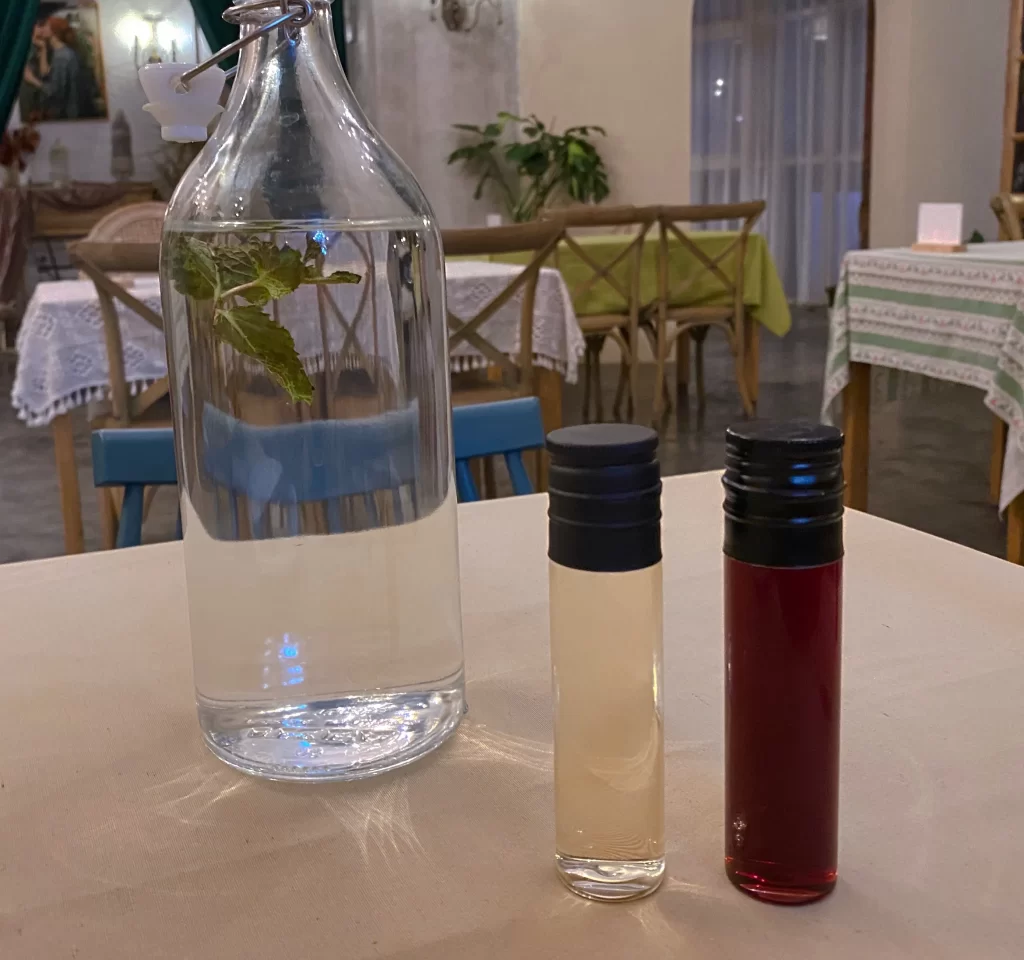
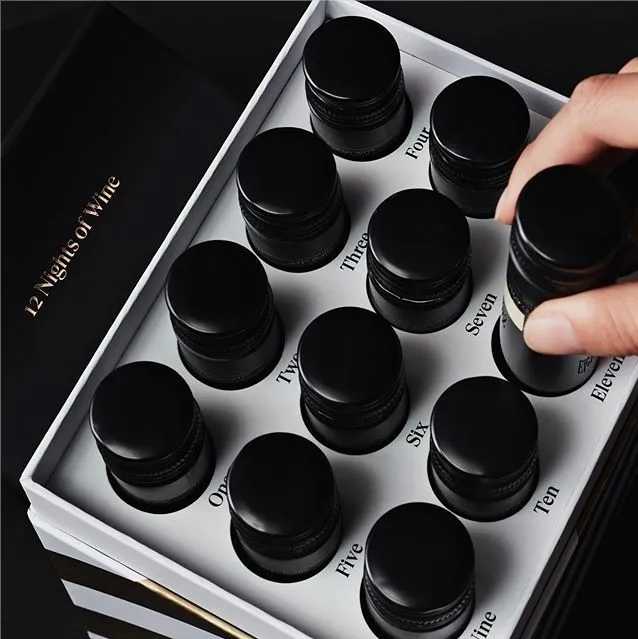
Thank you for your sharing. I am worried that I lack creative ideas. It is your article that makes me full of hope. Thank you. But, I have a question, can you help me?
Thank you very much for your affirmation. We welcome all reasonable questions.
Thanks for sharing. I read many of your blog posts, cool, your blog is very good. https://accounts.binance.com/ph/register-person?ref=B4EPR6J0
Your article helped me a lot, is there any more related content? Thanks! https://accounts.binance.com/pt-PT/register?ref=DB40ITMB